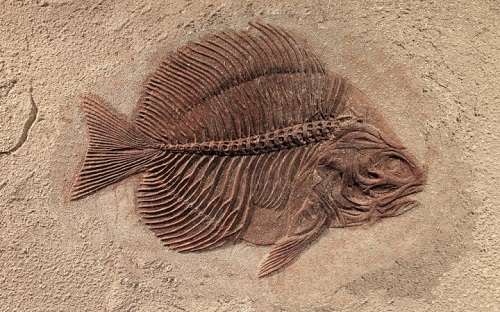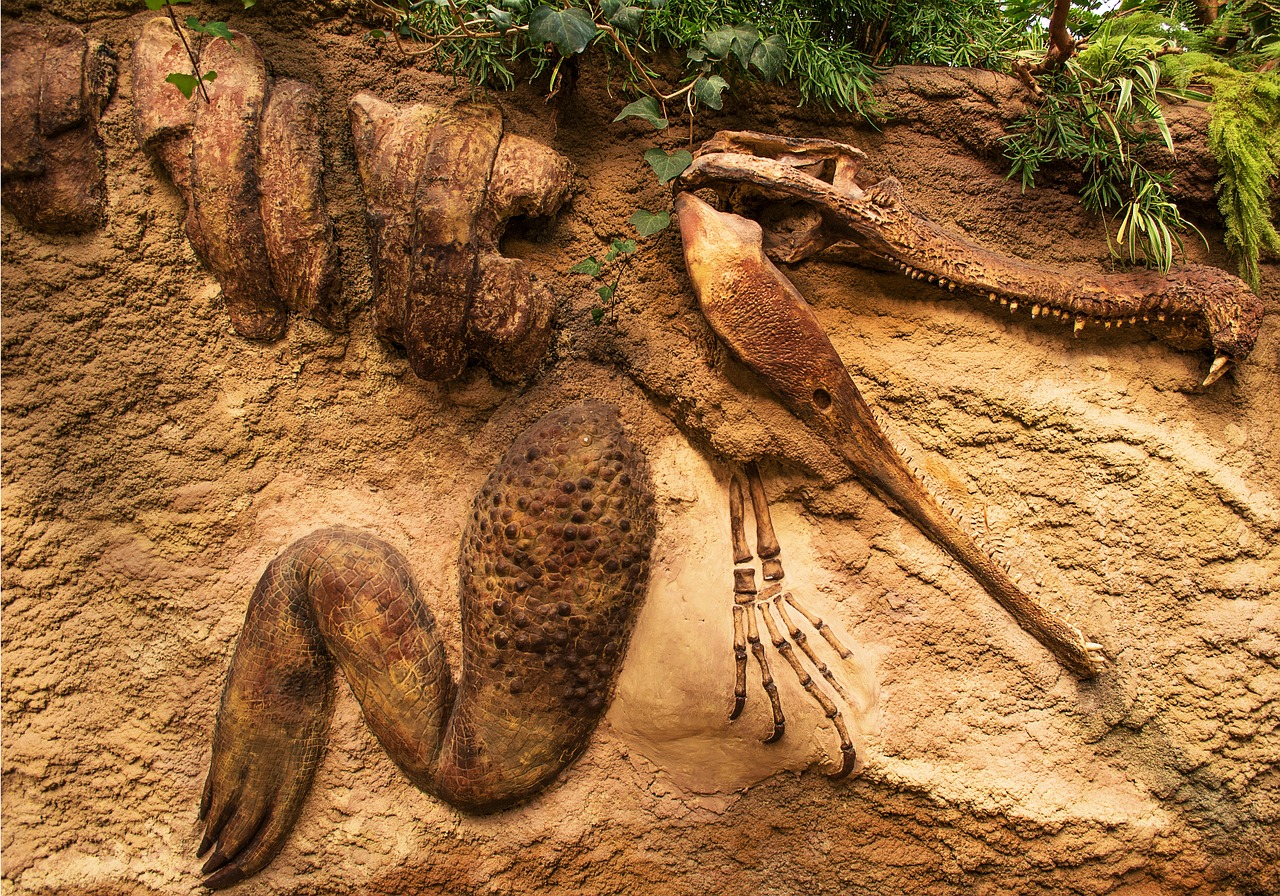Unit 9: Geologic History and Fossils
Unit 9: Geologic History and Fossils

Unit 9: Geologic History and Fossils
 Unit 9: Geologic History and Fossils
Unit 9: Geologic History and Fossils
Geologic history refers to the events and processes that have shaped the Earth's surface and interior over billions of years. It encompasses the formation of rocks, minerals, landforms and the evolution of life on our planet. Geologists study various evidence to reconstruct Earth's geologic history, including rocks, fossils, minerals, and geological structures.
Fossils are preserved remains, traces, or impressions of ancient organisms found within rocks and sedimentary deposits. They provide crucial evidence of past life and are used by paleontologists to reconstruct the history of life on Earth. Fossils can include the remains of plants, animals, microbes, and other organisms and traces such as footprints, burrows, and coprolites (fossilized feces).
Critical aspects of geologic history and fossils include:
Stratigraphy: Stratigraphy studies rock layers (strata) and their relative positions in the Earth's crust. By analyzing the sequence of sedimentary layers and the fossils they contain, geologists can determine the relative ages of rocks and infer past environmental conditions.
Fossilization: Fossilization is the process of preserving organic remains in the fossil record. It typically involves burial in sediment, followed by mineralization (replacement of organic material with minerals) or other preservation forms. Fossilization is relatively rare; only a tiny fraction of organisms become fossilized.
Index Fossils: Index fossils are fossils of organisms that lived for a relatively short period and had a widespread geographic distribution. They are helpful in correlating rock layers from different locations and determining the relative ages of rocks. Examples of index fossils include ammonites, trilobites, and certain species of microorganisms.
Evolutionary Trends: Fossils provide evidence of evolutionary changes in organisms over geological time. By studying the fossil record, paleontologists can trace the evolution of various groups of organisms, document extinction events, and reconstruct past ecosystems and biogeographic patterns.
Geological Time Scale: The geological time scale is a framework used to divide Earth's history into distinct intervals based on significant geological and biological events. It includes eons, eras, periods, epochs, and ages, each representing periods characterized by specific geological and biological features.
Understanding geologic history and fossils is essential for reconstructing past environments, understanding the processes that have shaped the Earth, and interpreting the origins and evolution of life. It provides valuable insights into our planet's interconnectedness of geological, biological, and environmental processes.
Vocabulary
Lesson Reading

